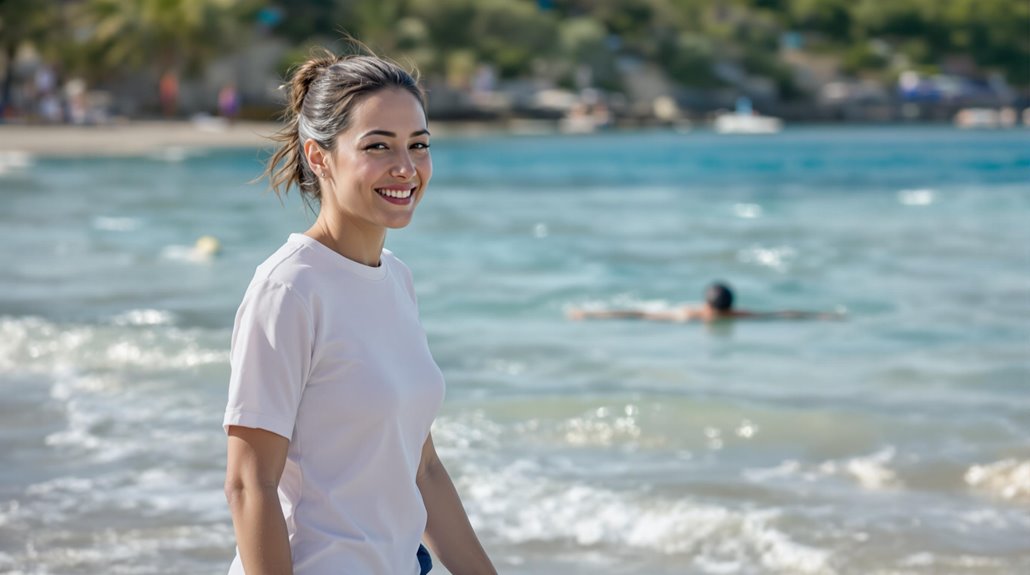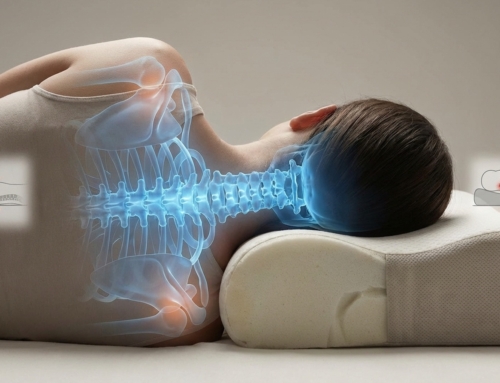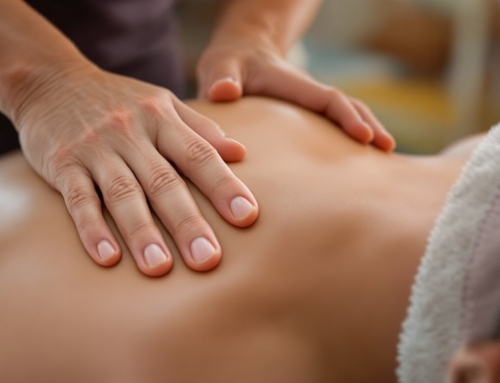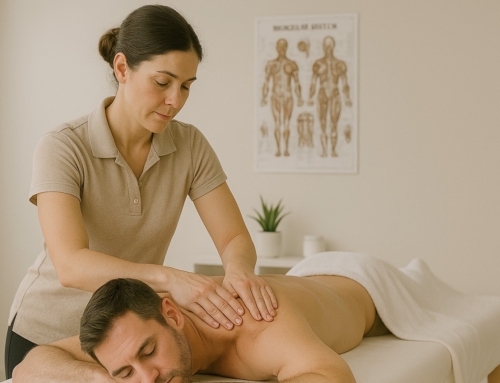In our sixteen years of serving the Clayton Heights community, we’ve found that majority of adults experience serious back pain at some point, yet modest changes to everyday movement often provide lasting relief. Swimming and walking, applied with sound technique, reduce load on the spine while strengthening the core muscles that steady every vertebra. The sections below outline the swimming/walking techniques, postural tweaks, pool drills, and weekly targets that help your back feel stronger without placing fresh strain on sensitive tissue.
Optimal Swimming Strokes for Minimizing Back Strain
For back pain relief when swimming, backstroke works best because it keeps your spine properly aligned, reducing stress on your back. We recommend focusing on technique with front crawl; done correctly, it builds strength, but you need to control your rotation to prevent spinal irritation. The neutral spine position in backstroke takes pressure off your back. We tell our clients to avoid breaststroke; lifting your head incorrectly or twisting puts strain on your lower back. Butterfly is not good for individuals with back pain since it creates a lot of force through the low back, which overstresses your spine. Alternating strokes help avoid repetitive overuse of the lower back. You should speak with a coach or chiropractor to find the proper strokes for your specific needs.
Correct Posture and Techniques for Pain-Free Walking
Proper arm positioning consists of a light arm swing from the shoulders, which helps maintain rhythm and allows the torso to rotate just enough for balance. Whether you’re doing laps at the Clayton Off-Leash Park or just wandering around the community, ensure you are not making these three mistakes:
| What You’re Doing Wrong | What We Recommend | Why It Helps |
|---|---|---|
| Hunching forward or leaning | Keep your head up and pull your shoulders back | Takes pressure off your neck and back muscles |
| Letting your core go slack | Gently draw your belly button towards your spine | Gives your lower back the support it needs |
| Taking huge steps or landing flat-footed | Land on your heel first, then roll to your toes with normal-sized steps | Protects your joints from impact and prevents back pain |

Water Walking: Benefits and Step-by-Step Guidance
Water walking provides the perfect combination of buoyancy support and gentle resistance to strengthen your muscles and improve spinal stability, particularly when dealing with back pain. Research shows it reduces spinal load, builds endurance (particularly when walking backwards), and increases flexibility with low risk of injury.
We recommend you start in waist-deep water and maintain an upright posture with relaxed shoulders and a properly aligned head. Engage your core and spine extensors as you step forward and backward deliberately for controlled muscle work. Begin with ten minutes, three times a week, and gradually increase the duration. Whether you’re doing this at White Rock Beach or Greenaway Outdoor Pool, our aim is to help you build a therapeutic foundation for lasting back health.
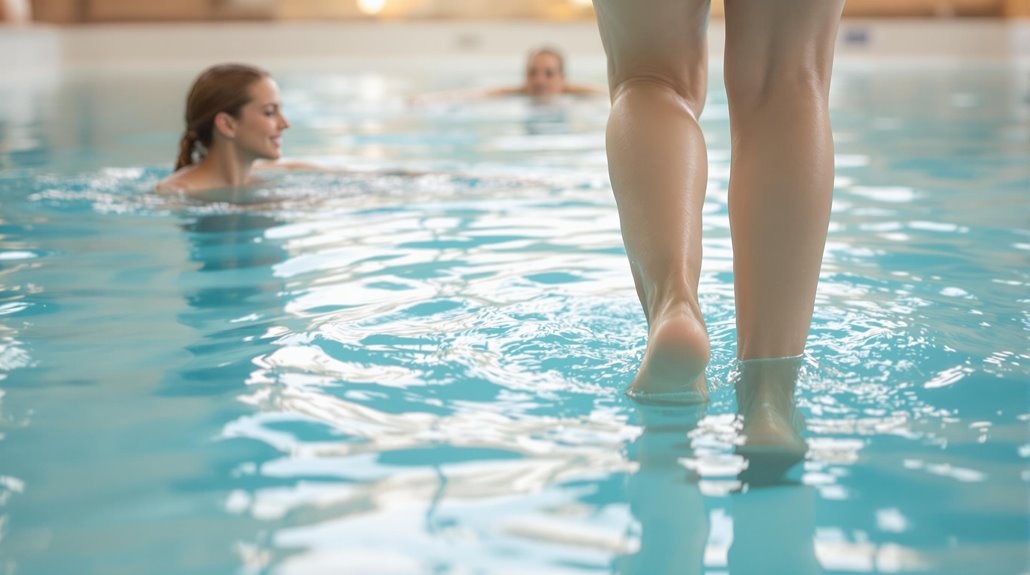
Building Core Strength With Low-Impact Aquatic Exercise
Building core strength with low-impact aquatic exercises protects your spine while managing back pain. We use water’s natural buoyancy to take pressure off your spine whilst the resistance strengthens your core muscles. Begin with pelvic tilts, abdominal draws, and water walking in waist-to-chest depth water, keeping your spine in a neutral alignment. As you progress, adding flotation devices increases the challenge and gives a better result. This research-backed method reduces your pain and improves how your body functions.
Creating a Sustainable Swimming and Walking Routine
Building a Sustainable Swimming and Walking Routine
Swimming and water walking provide consistent back pain relief because water supports the body while encouraging a healthier posture. Here is the structure we follow:
- We collaborate with healthcare professionals to select exercises that match your pain level and strengthen the muscles around the spine.
- We set realistic weekly targets: three thirty-minute pool sessions paired with four brisk walks create noticeable progress without overload.
- We design flexible schedules that blend effort with rest and, when possible, add a friend or class for motivation and safety.
We’ve seen that warm water relaxes tight tissue and encourages gentle stretching, making a heated pool preferable whenever available. If medication is part of your plan, make sure your doctor confirms the timing so that tablets and exercise work smoothly together. Existing injuries may limit reach or rotation; in such cases, we stick with backstroke and coach front crawl until symptoms ease. On land, flat, predictable paths come first, followed by gentle inclines or short off-road sections as control improves.
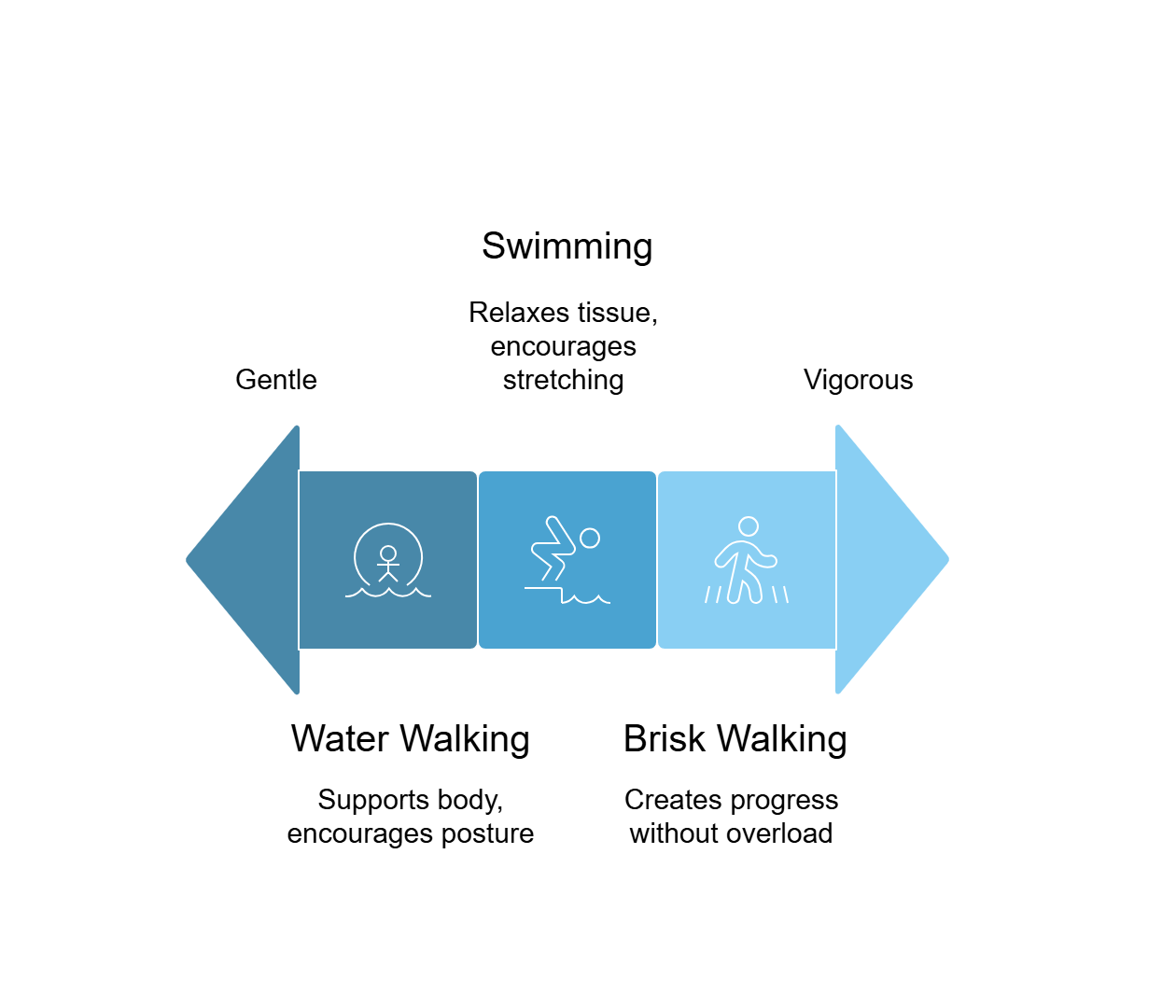
Frequently Asked Questions
How Often Should I Swim to Reduce Back Pain?
Two or three pool visits each week usually produce measurable change within eight weeks. Consistent sessions strengthen the deep muscles that stabilise every vertebra while buoyancy protects joints from impact.
Can Swimming Worsen Existing Back Injuries?
Butterfly and breaststroke extend the lumbar spine and often aggravate vulnerable discs, so we postpone those strokes until recovery is complete. A technically sound freestyle, rolled from the hips and supported by engaged core muscles, remains the safer option.
Proper freestyle technique with good body roll and strong core muscles will protect your spine during training. You should speak with a physical therapist about specific modifications for your condition.
Is Warm or Cold Water Better for Back Pain Swimming?
Warm water wins for back pain swimming. Temperatures near 30 degrees loosen tight tissue, enhance circulation, and let you move through a full range without gripping. Cooler pools often cause muscles to stiffen, slowing progress.
Are There Risks of Aggravating Back Pain While Walking?
Covering roughly 100 minutes on foot each day lowers the likelihood of recurrent flare-ups by about a quarter. Upright posture, even pacing, and soft foot rolls form the foundation. Uneven surfaces or prolonged periods of slouching carry higher strain, so we recommend using footpaths or treadmills during the first month, then gradually introducing mild hills once your control improves.

